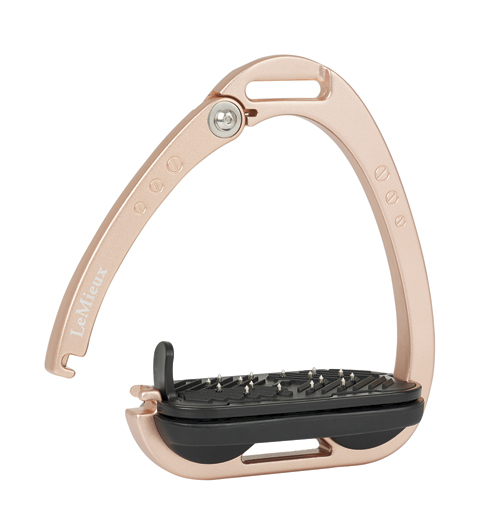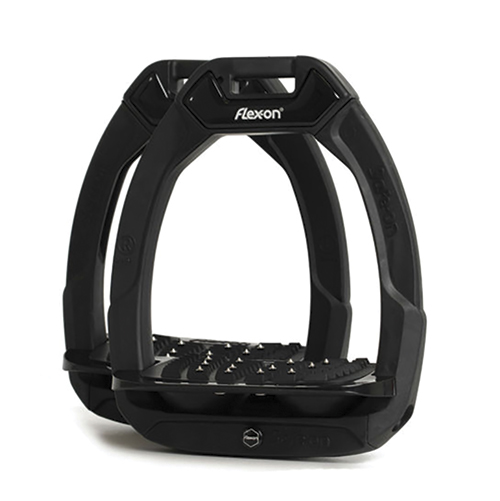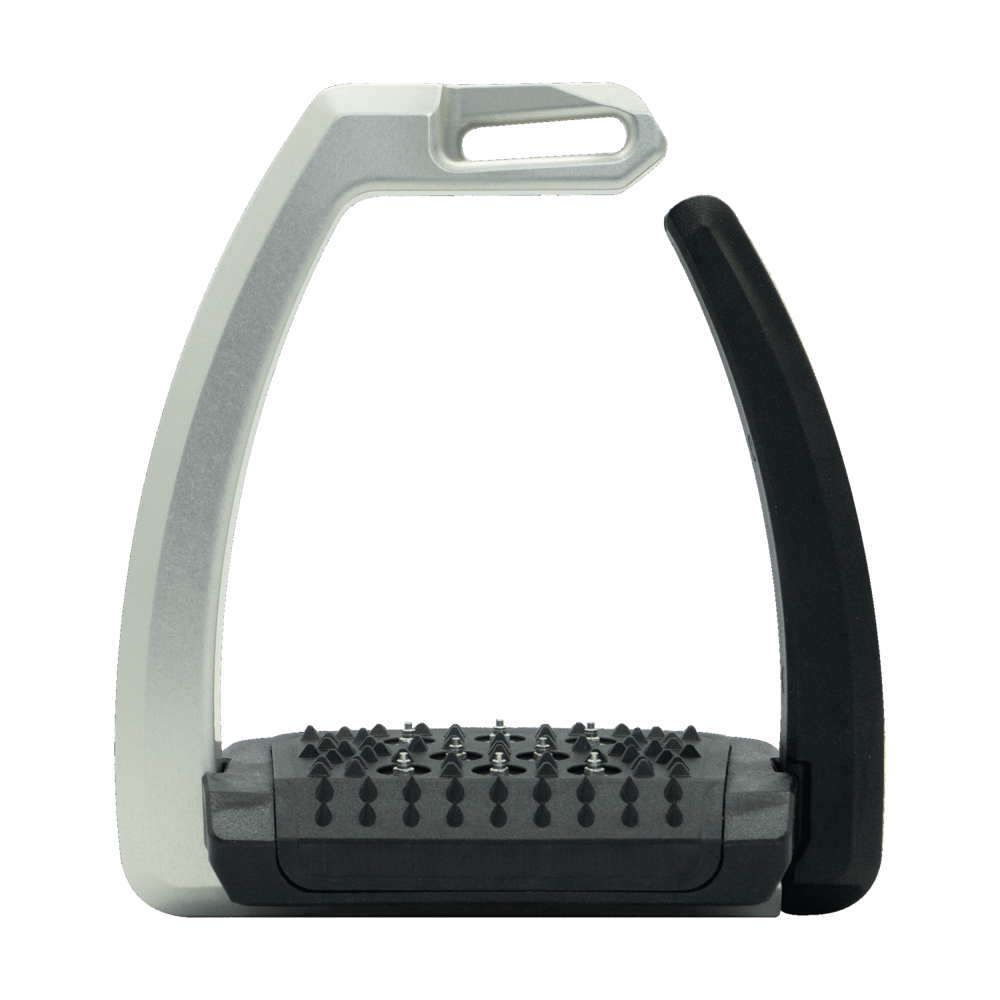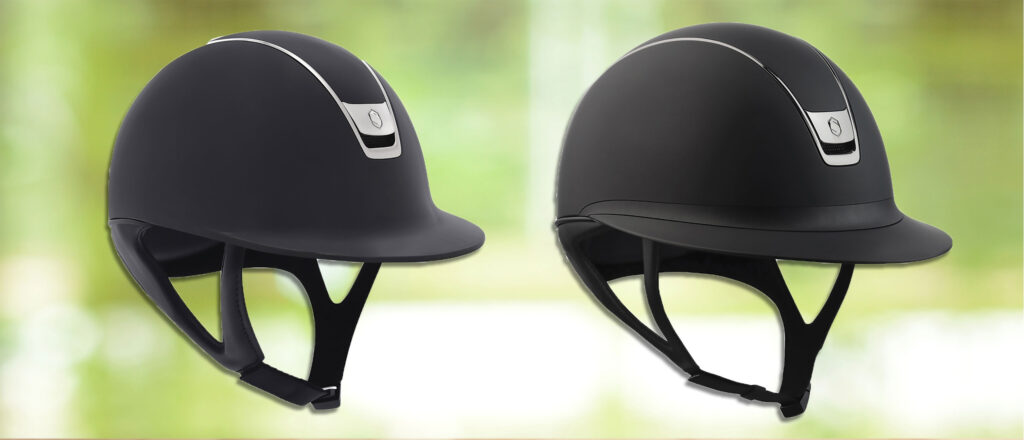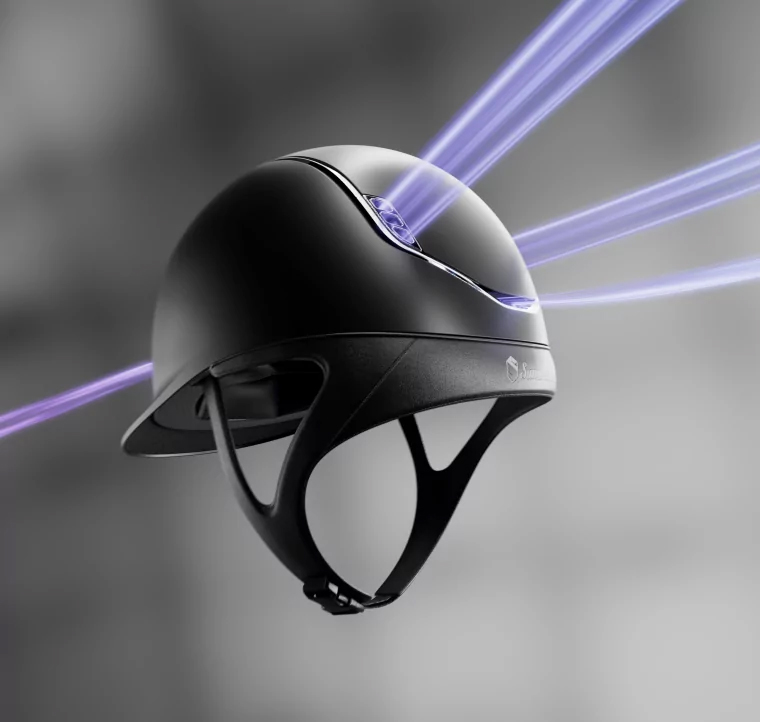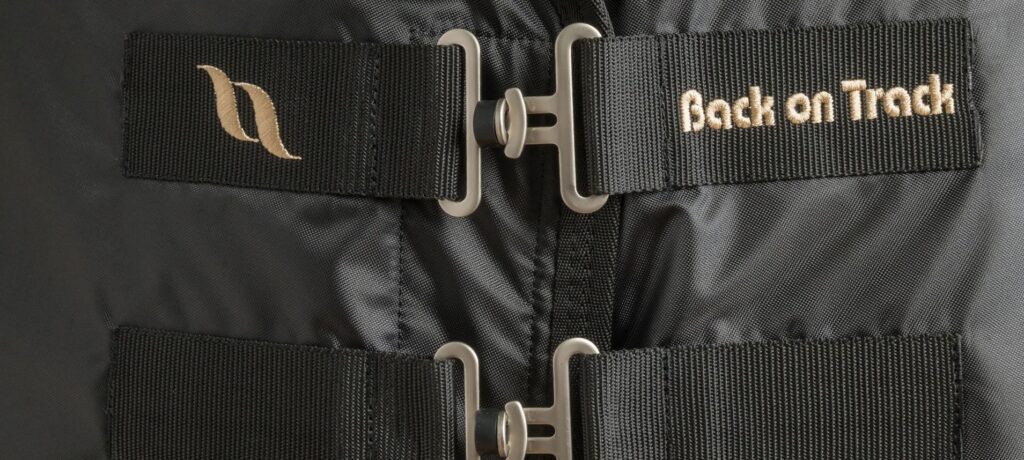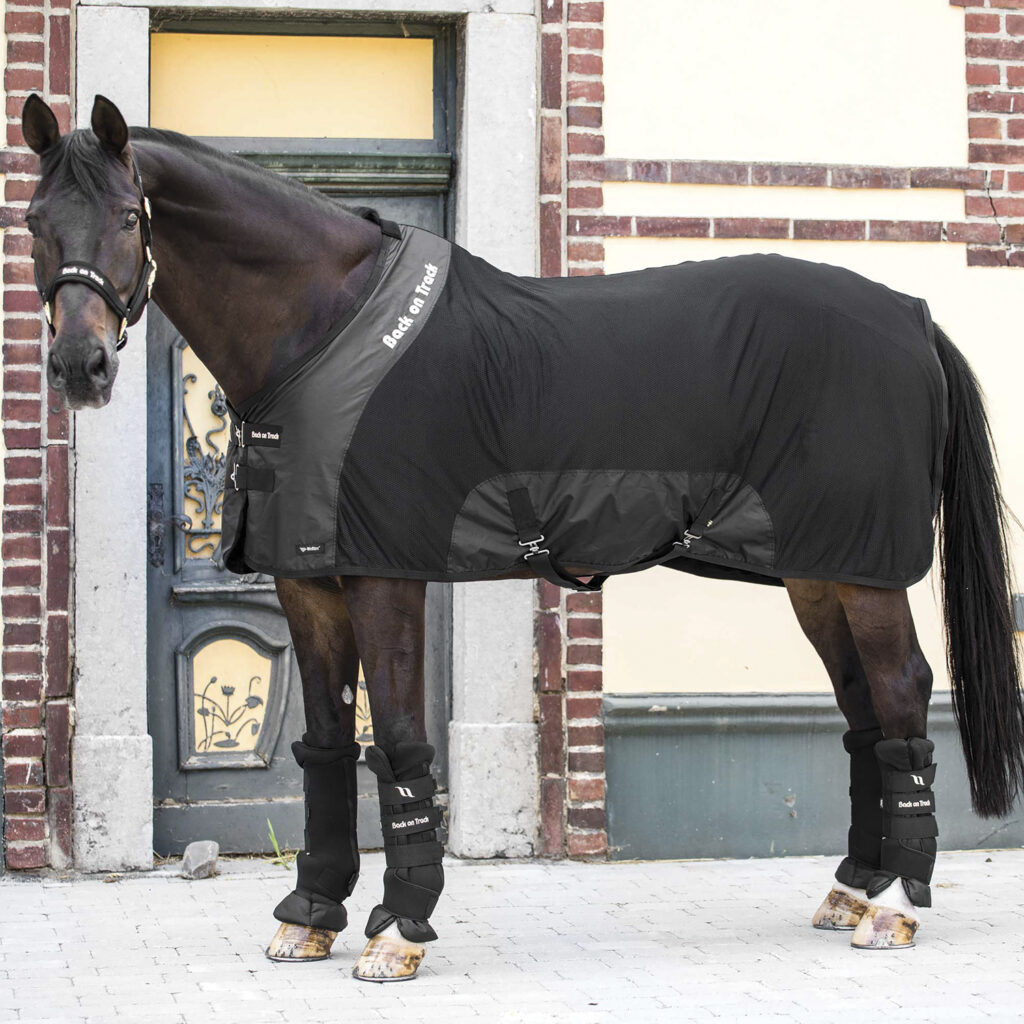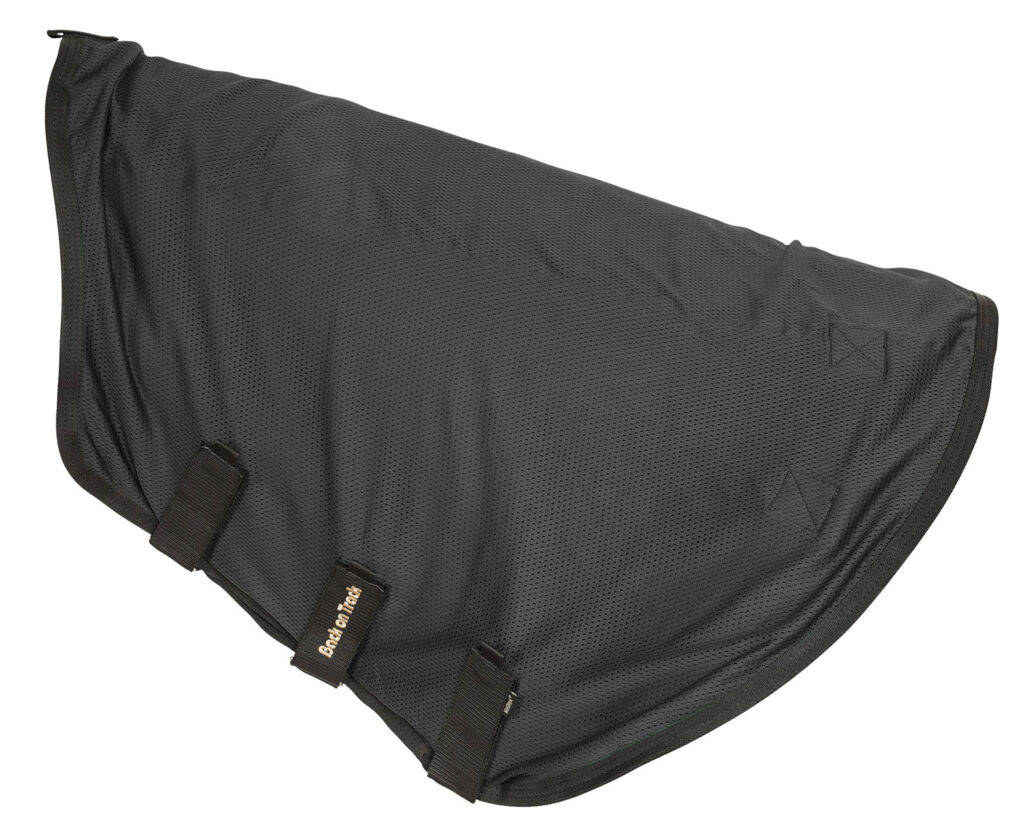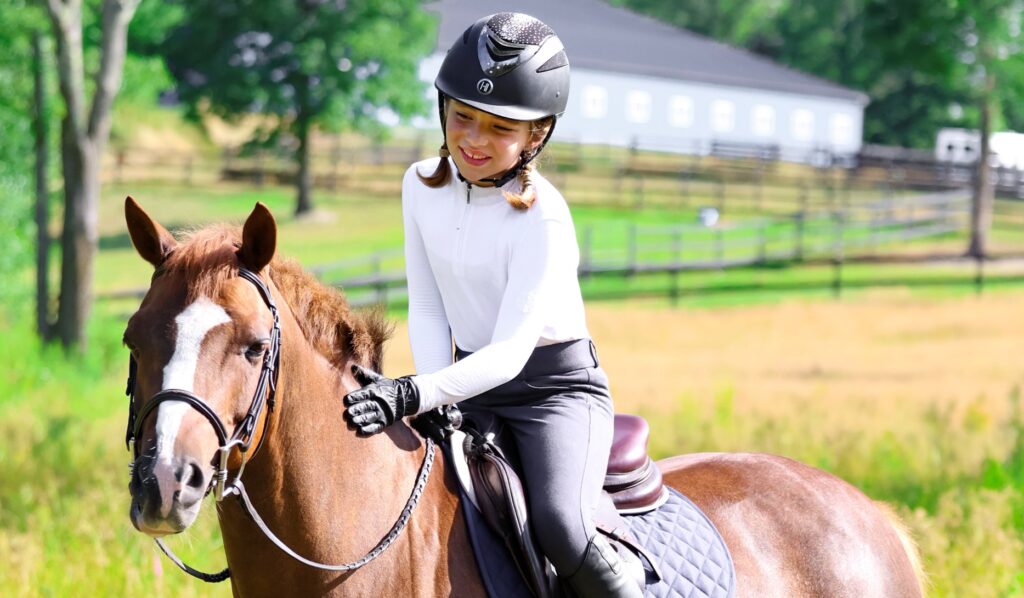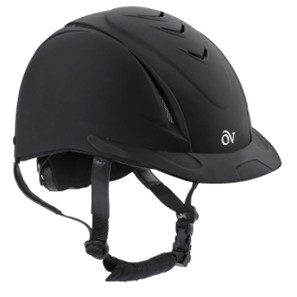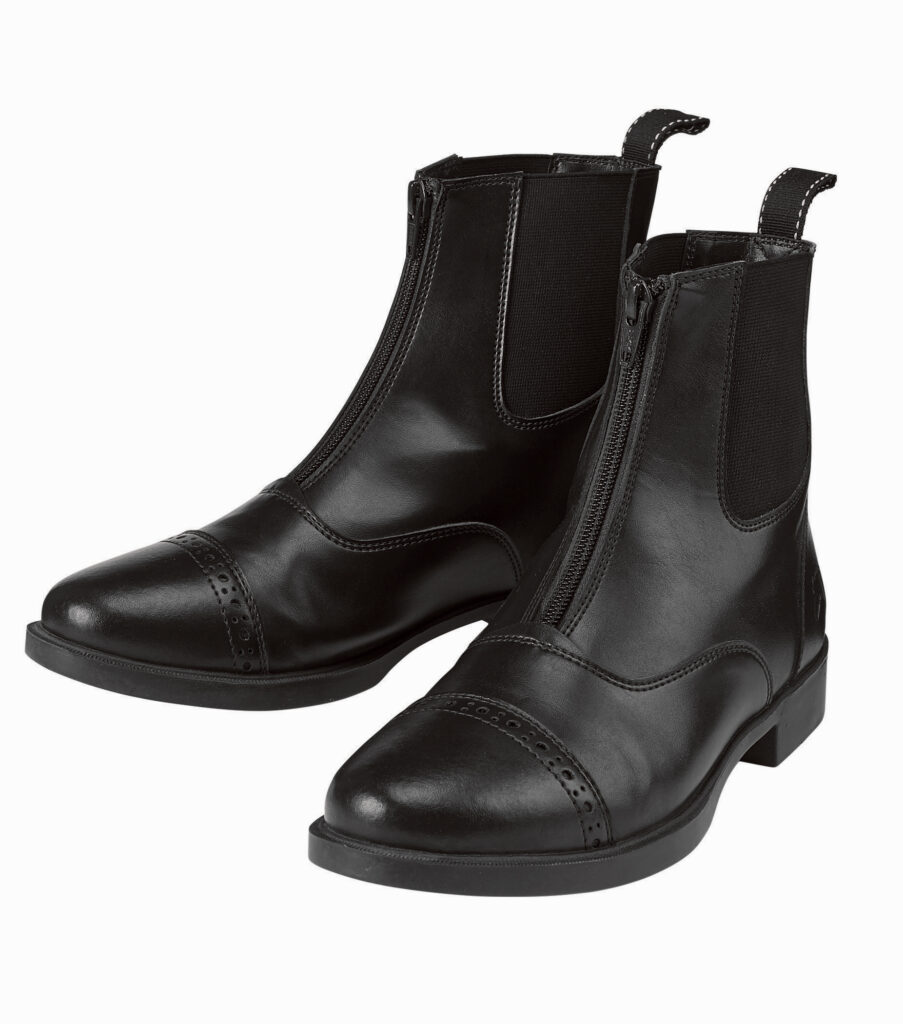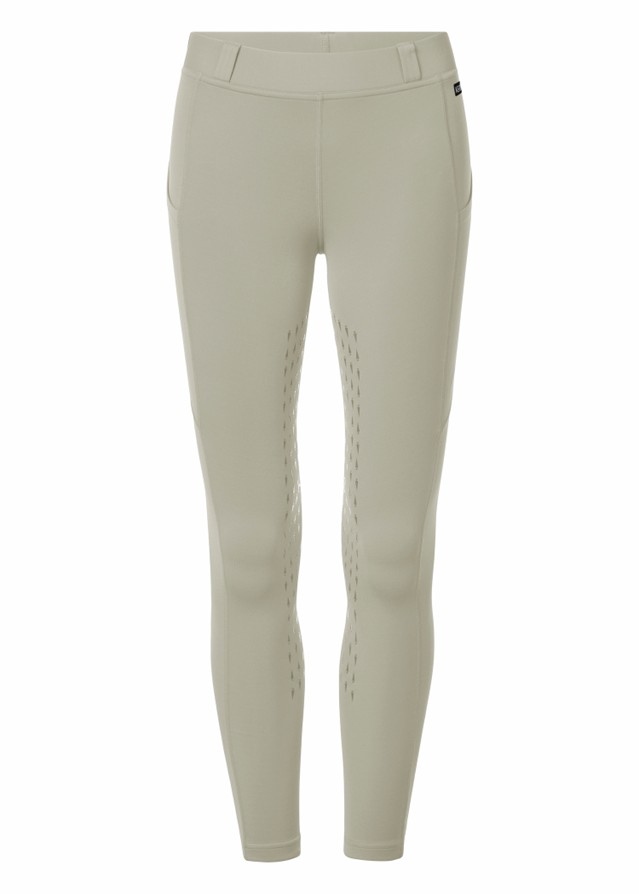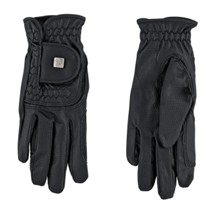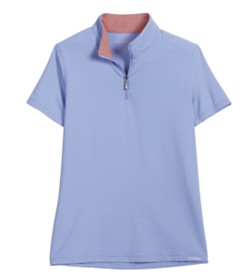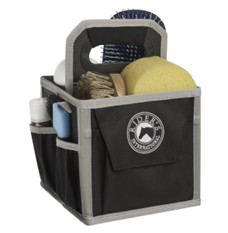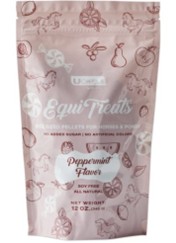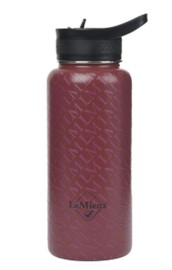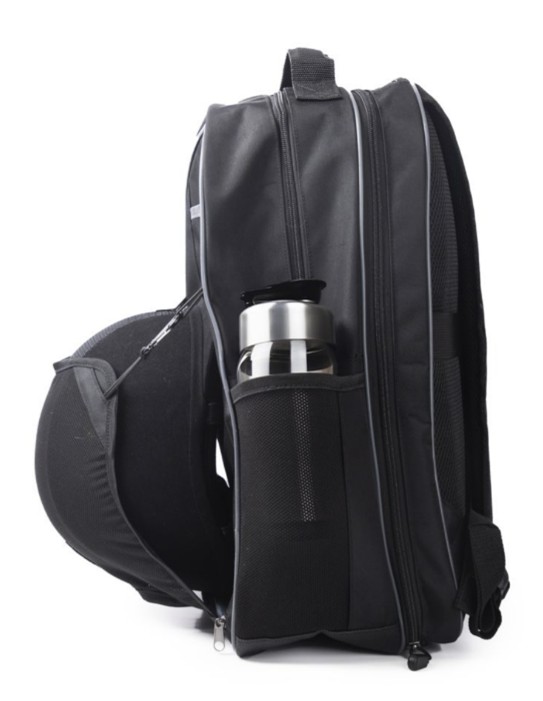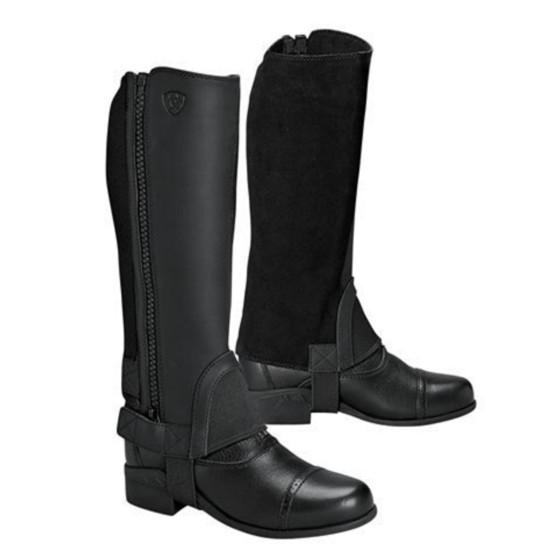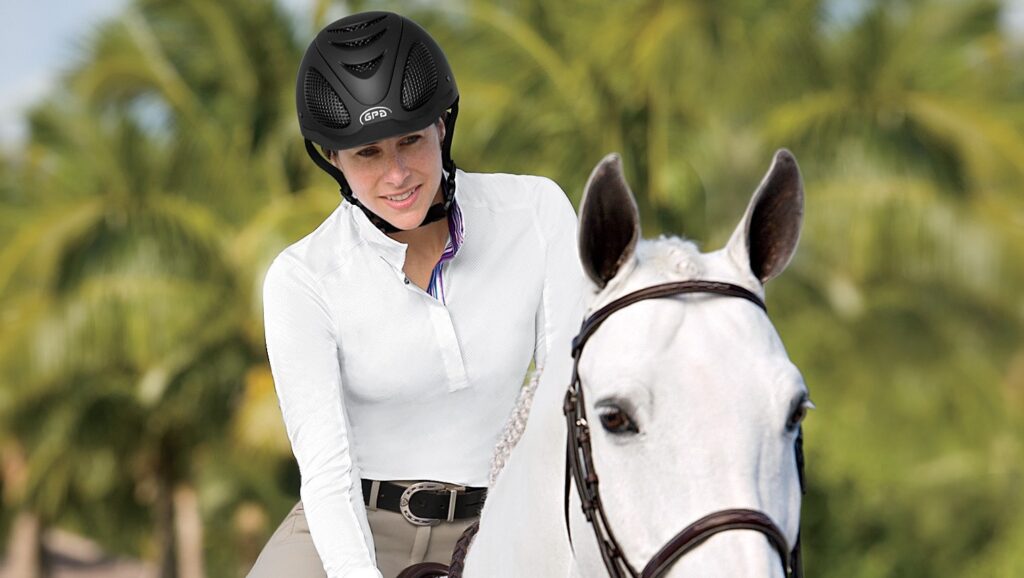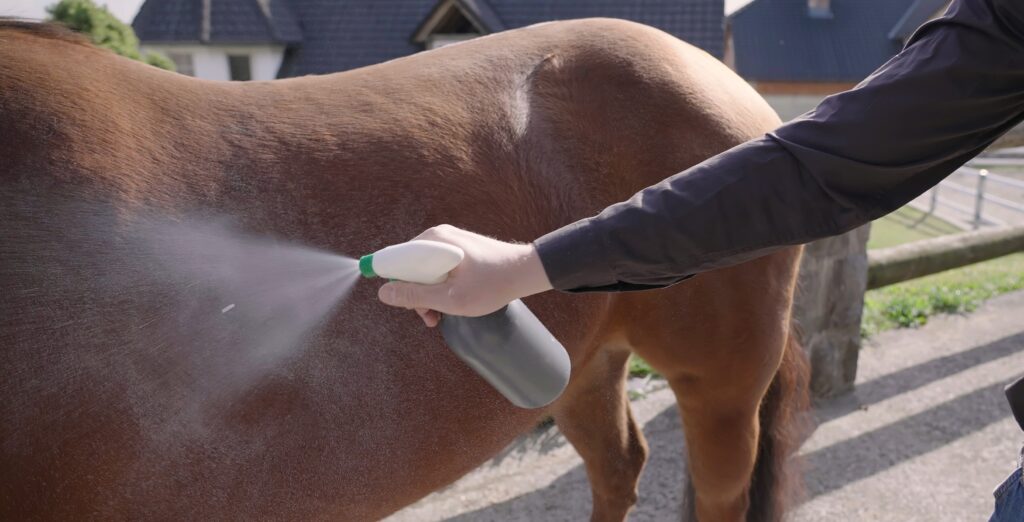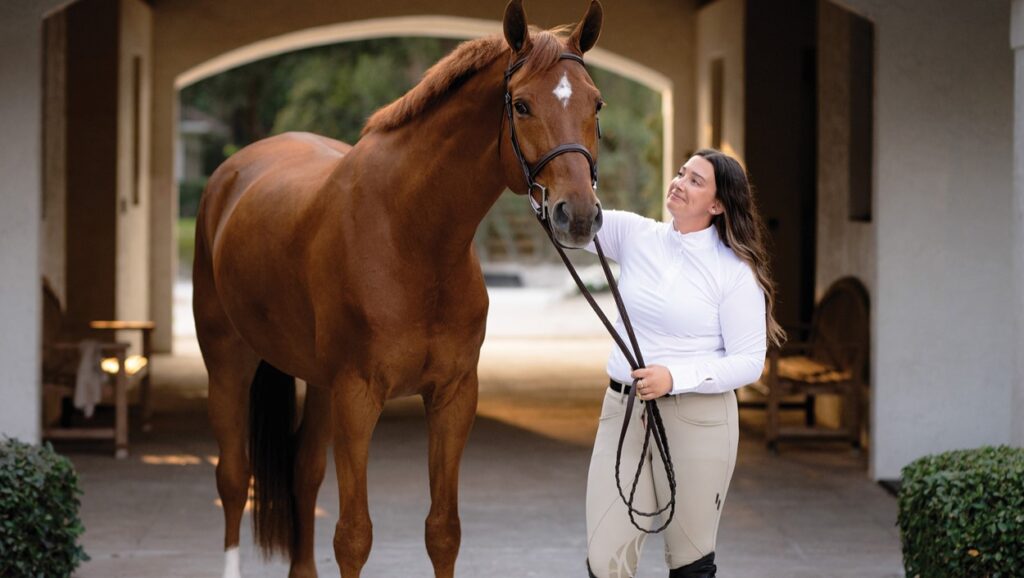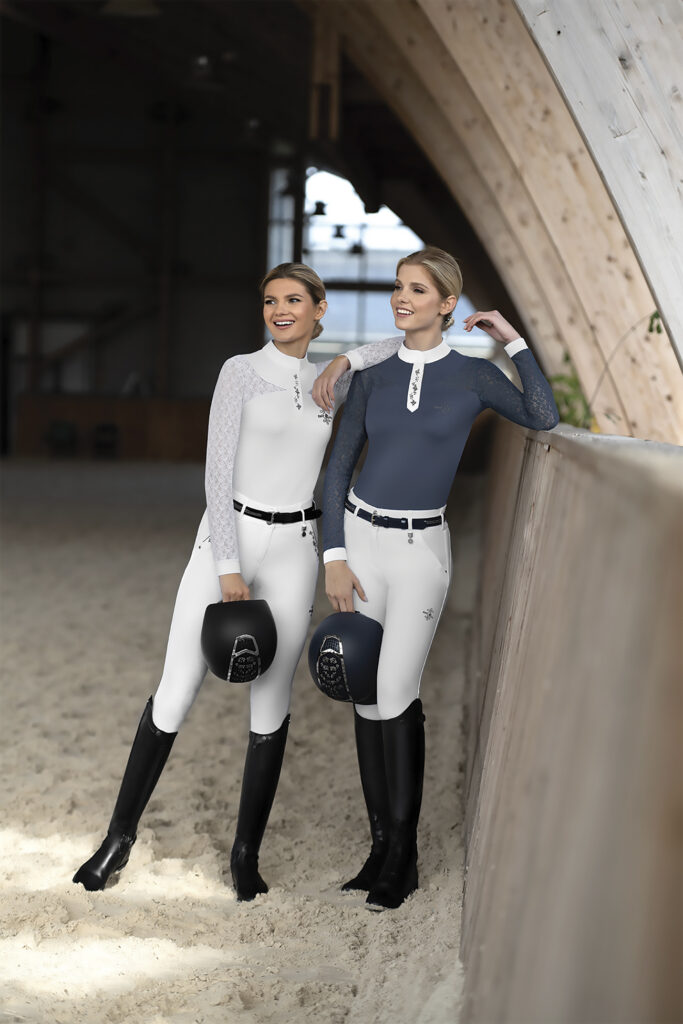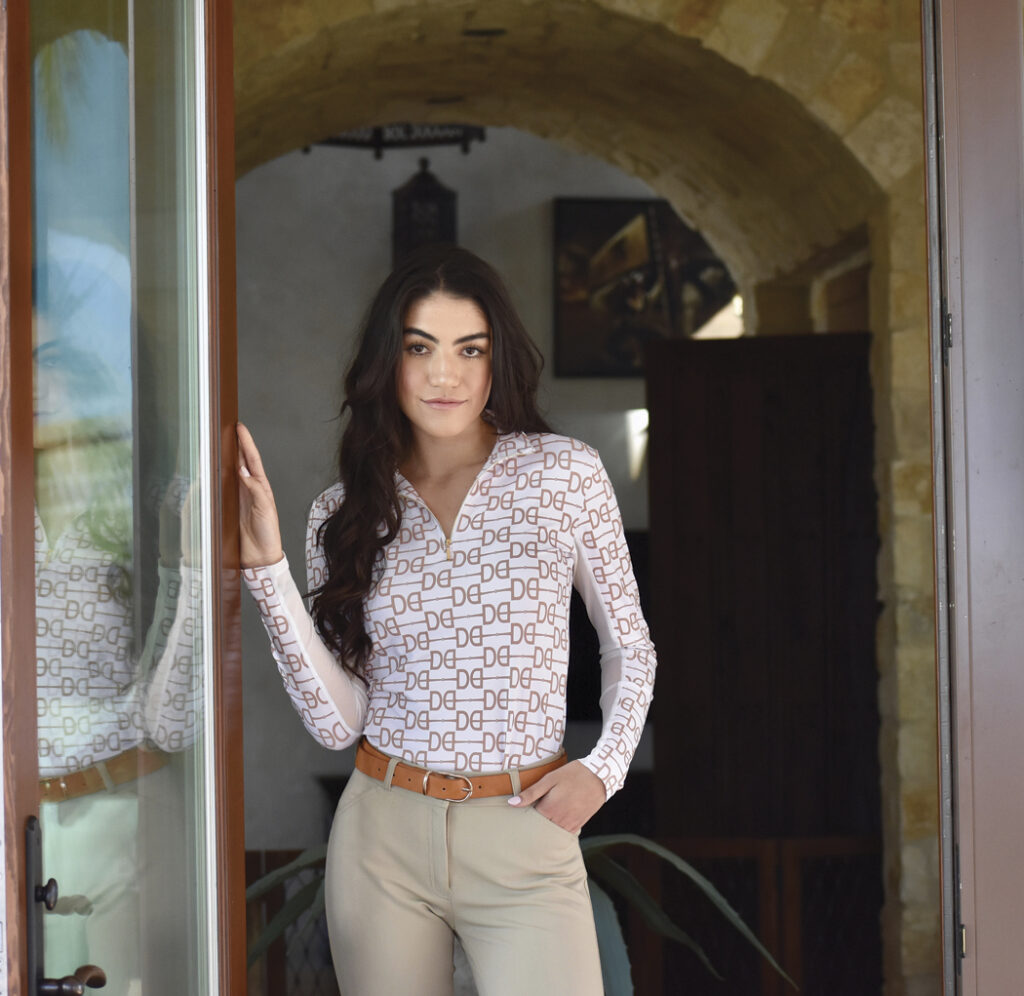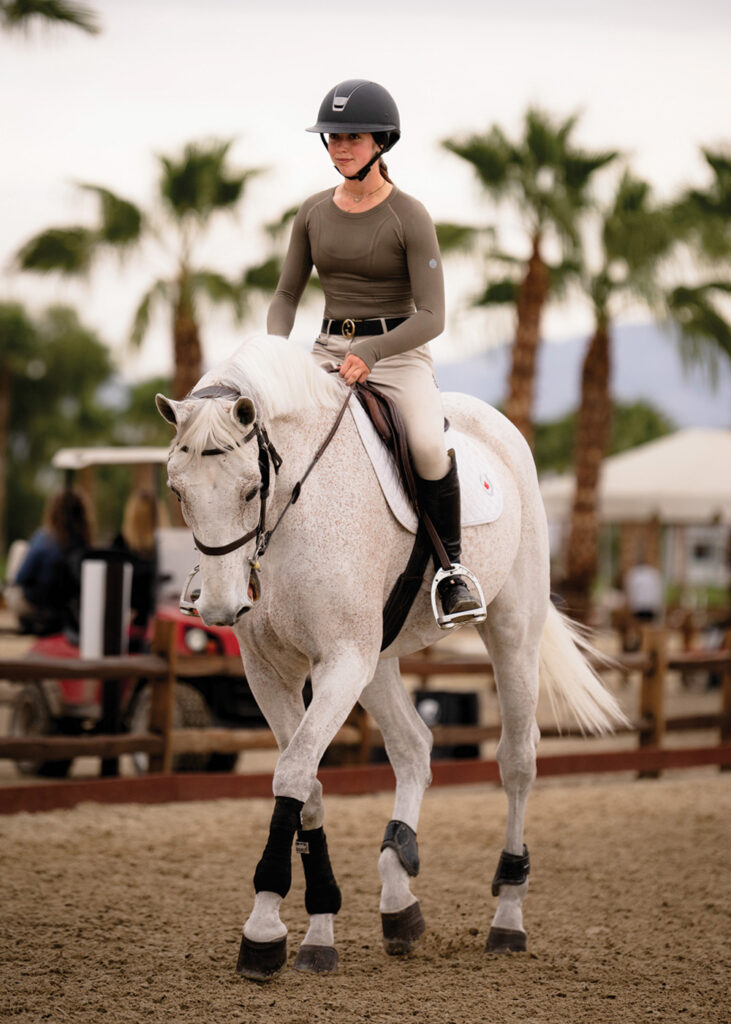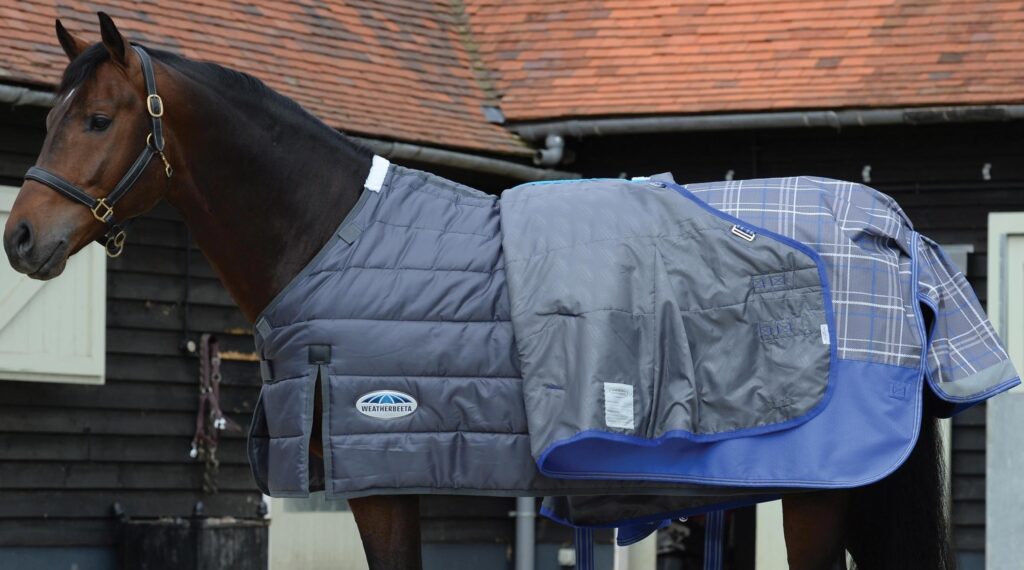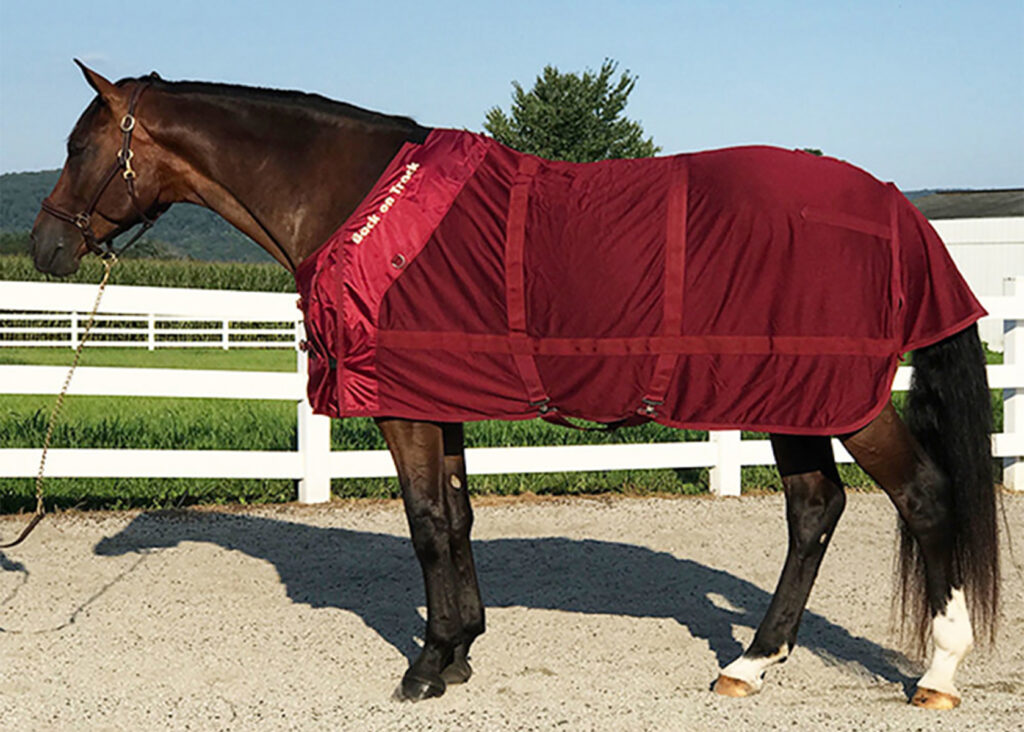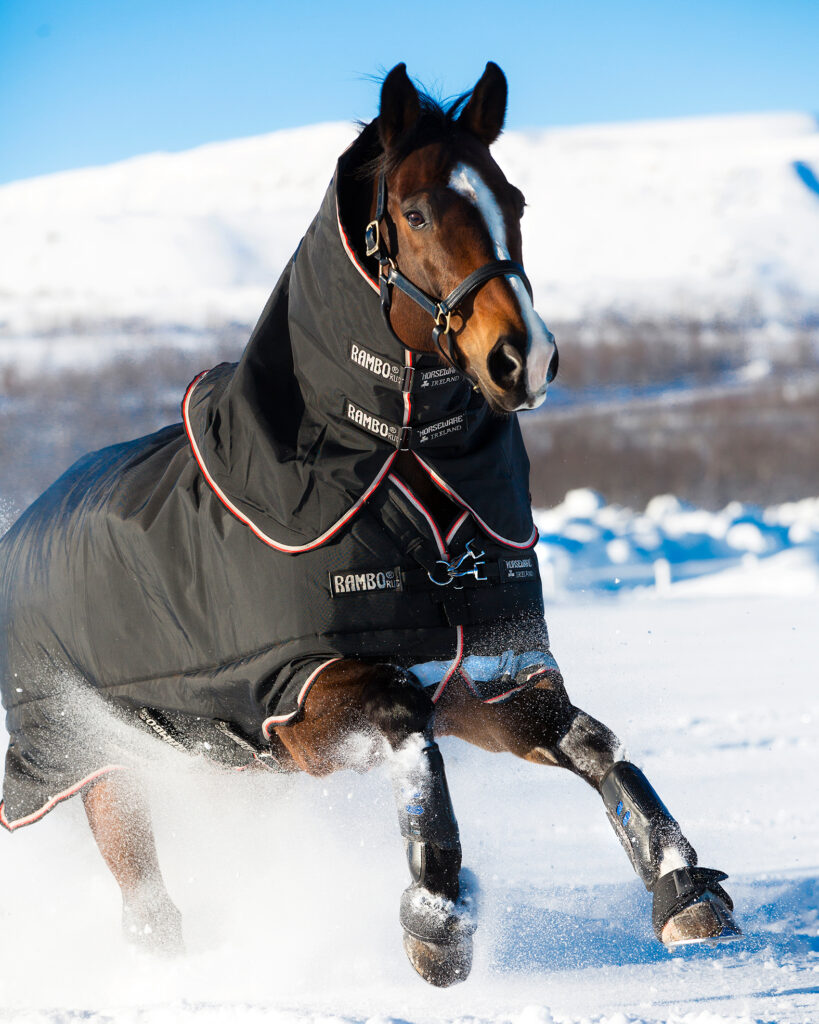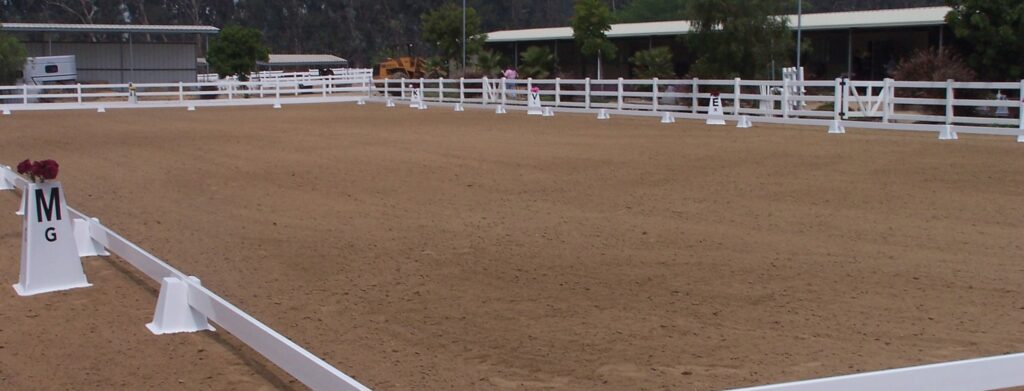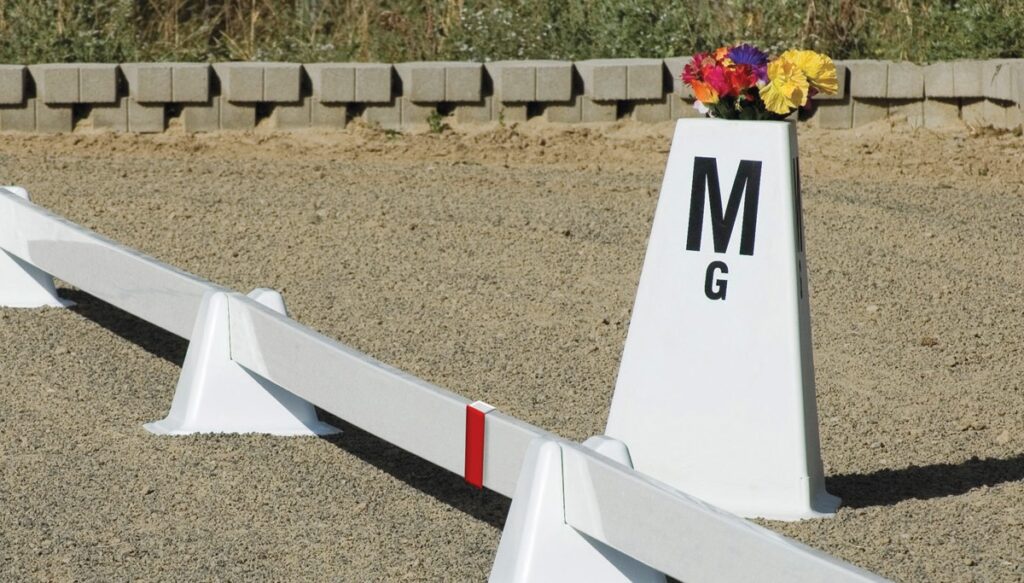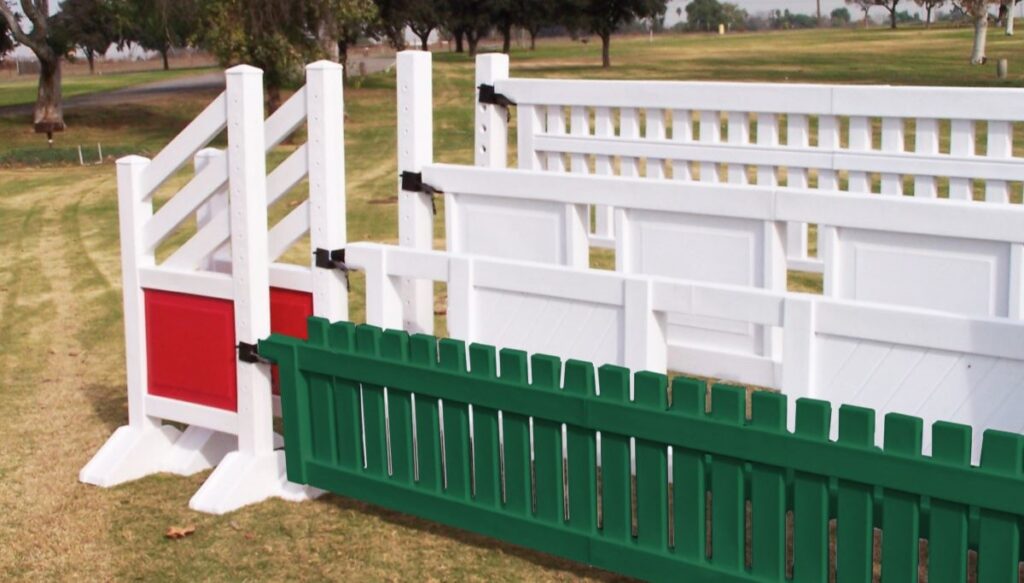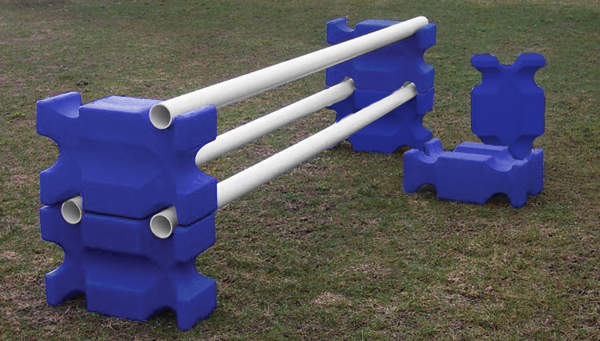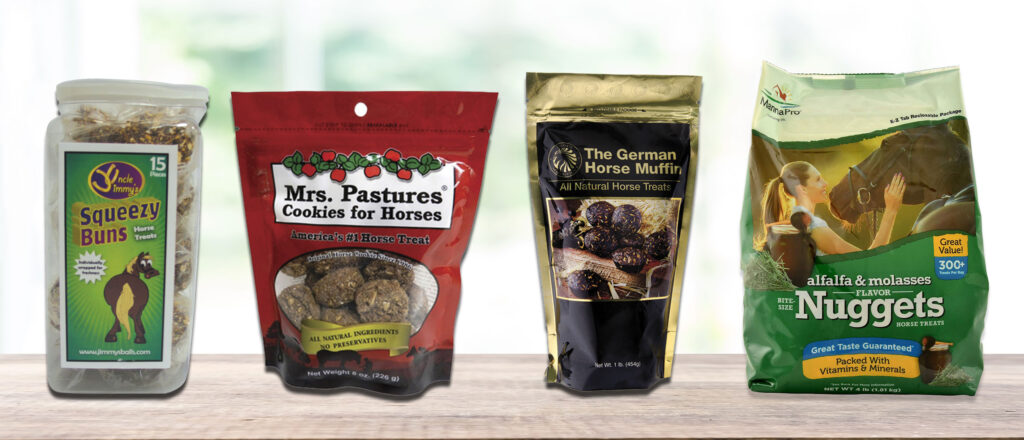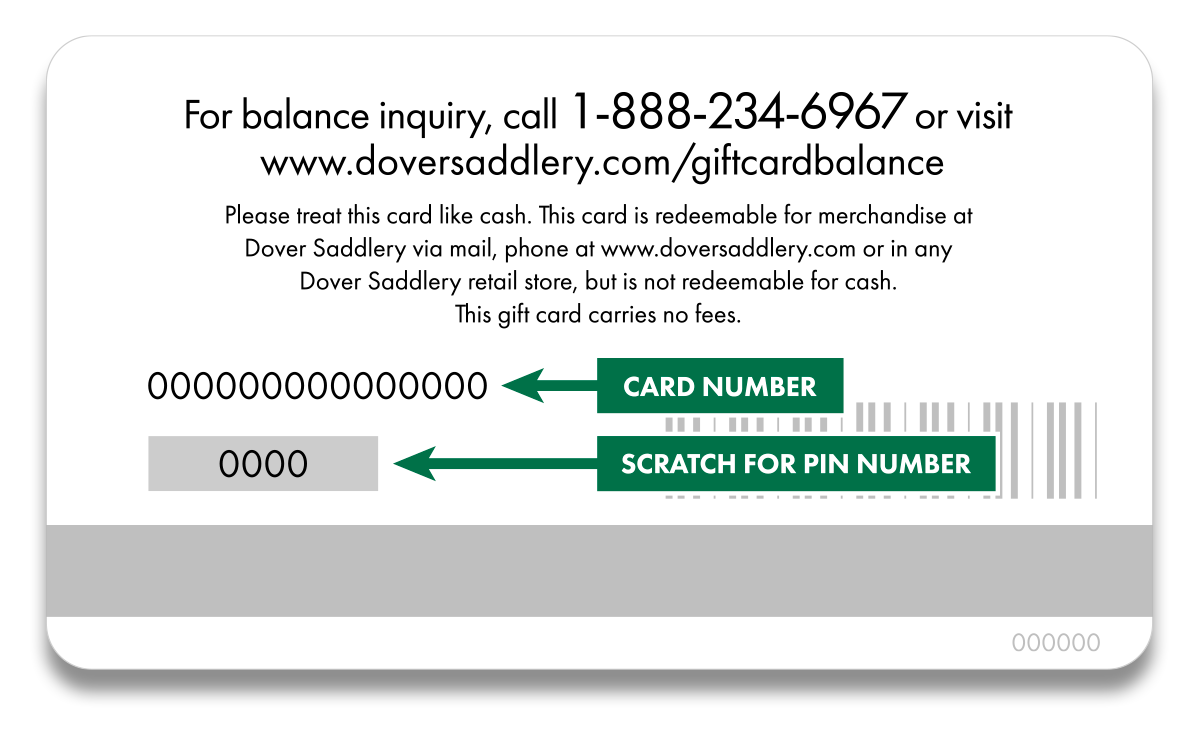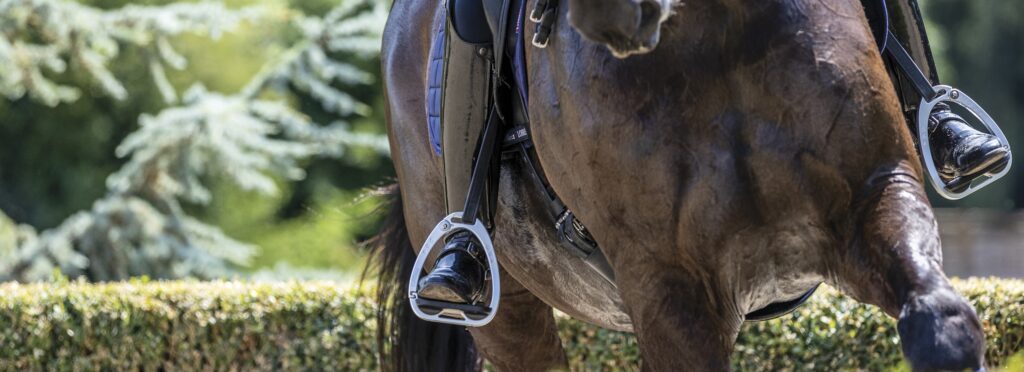
Peacock fillis irons have been the longtime standby in safety stirrups for English riding disciplines. These stainless steel stirrups feature a branch composed of an elastic band and a leather tab which together are intended to release a rider’s foot during a fall. Design innovations have given riders alternatives to the rubber-band-and-leather-tab breakaway feature. For riders desiring safety stirrups with a streamlined and discreet release feature or those that are much lighter in weight, the next generation of safety stirrups has arrived. And here are our current top sellers!
LeMieux® Vector Control Stirrups
Weighing only about a quarter of a pound, this technical stirrup is machined from aviation grade aluminum to achieve an impressive strength-to-weight ratio. An integrated, spring-loaded safety arm boasts a two-stage release system that prevents unintentional opening. This safety arm locks into the base of the main frame. Under maximum pressure as when landing a fence, the rider’s weight is spread evenly across the stirrup and the safety arm remains closed. When pressure is put onto the safety arm, as during a fall, it is designed to release.
This stirrup also has an ergonomic and exceptionally grippy foot surface. The apex of the frame is recessed and offset to encourage a 45° outward orientation. This design promotes an optimal foot angle and makes regaining a lost stirrup easy.
Flex-On® Safe-On Inclined Ultra Grip Stirrups
This stirrup is made of environmentally friendly composite material over a spring steel frame. A flexible outer branch is designed to release the rider’s foot in the event of a fall at 40kg (approximately 88 pounds) of force. If the outer branch release triggers, it is easily snapped back into place with no replacement parts necessary.
In addition to the quick-release feature, this ergonomic design has shock-absorbing elastomers that help alleviate joint fatigue in the rider. The inclined tread grips the bottom of the rider’s boot while promoting proper foot positioning and optimal riding posture. The pair weighs only about two pounds.
Herm Sprenger® Aero Stirrups
Developed and precision-manufactured in Germany, this stirrup is designed to release a rider’s foot in the event of a fall by opening under foot pressure. The lateral movable element allows the foot to be released sideways, upward, forward or backward—all in a design that sets new standards.
This stirrup offers riders great support with an extra-wide, fiberglass-reinforced tread to which stainless steel spikes can be added. The tread is inclined 5° to help support the stability of the rider’s thigh and to increase comfort. Because the stirrup follows the natural curve of the rider’s leg, it aids leg positioning. A replaceable plastic stirrup pad has a shock-absorbing effect to help protect the rider’s joints and ligaments.
The angled and twisted stirrup-leather eyelet makes the Aero optimally balanced and easier to pick up. It also brings the rider’s leg closer to the horse. Aluminum of the type used in the aerospace industry ensures a long lifespan and a breaking load of over 1,600 kilograms.
With thoughts of safety, check out these quick-release stirrups and more here!
Are you riding in safety stirrups that you love? Share your photos with us on Instagram and Facebook by tagging @doversaddlery!


